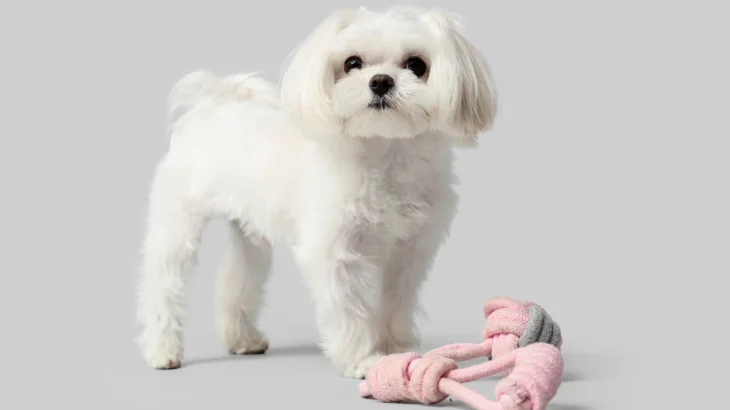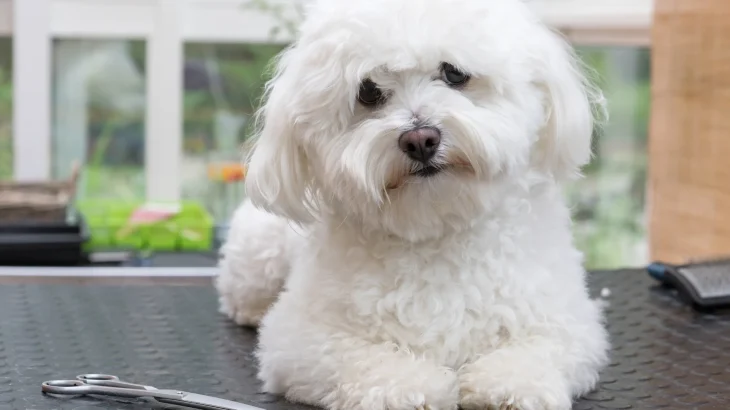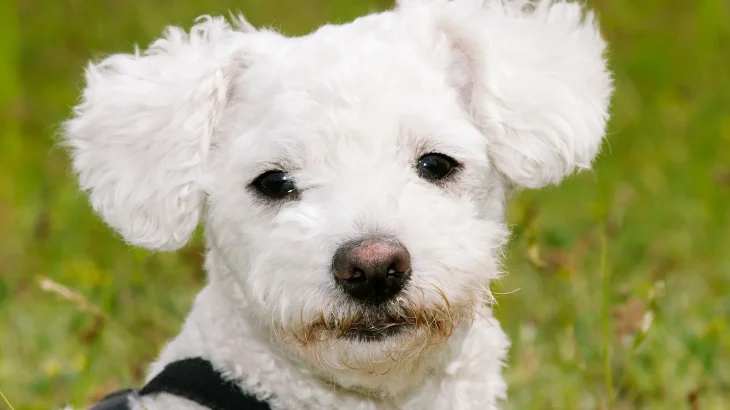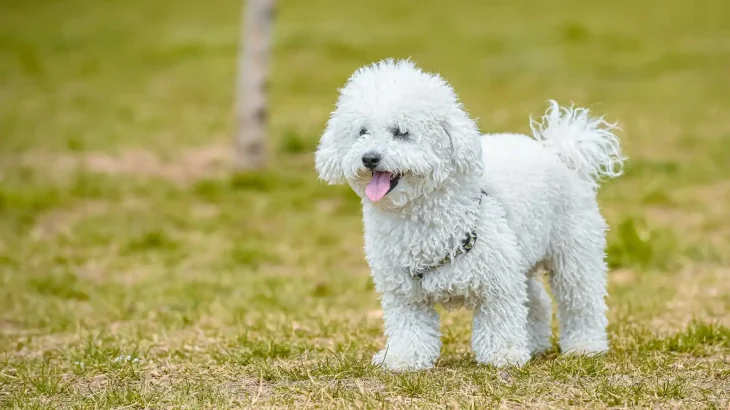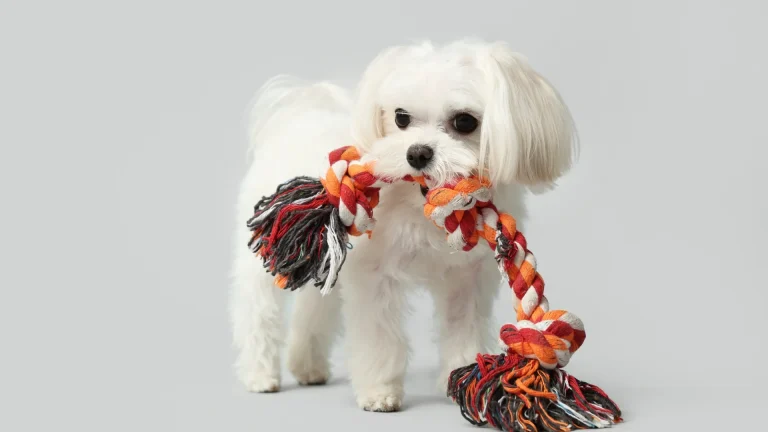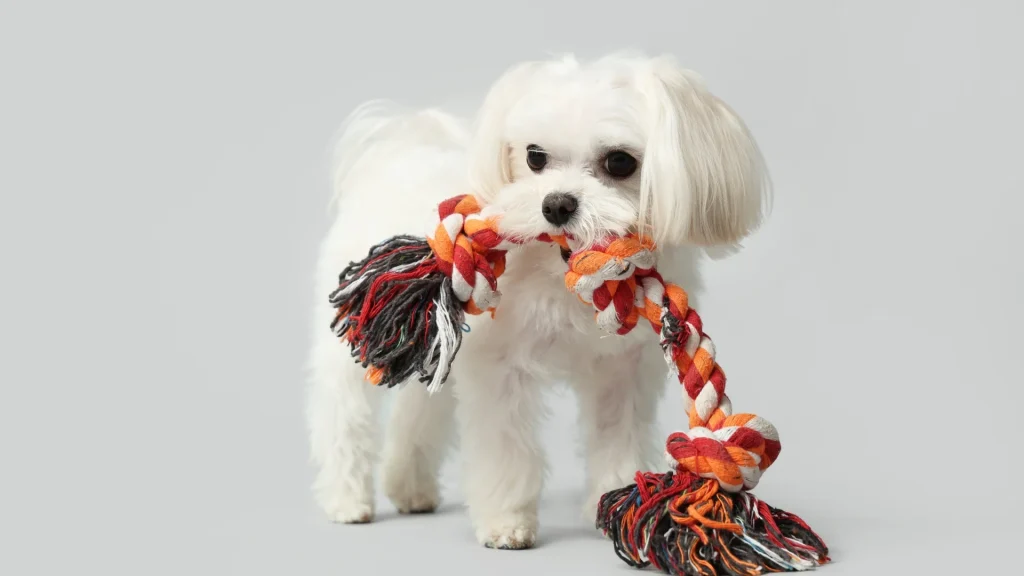When deciding whether to bring home a Bolognese puppy, you can either adopt or buy from a breeder. Adoption tends to be more budget-friendly and supports animal welfare, while buying from a reputable breeder offers clearer insight into health history and breed lineage.
Adoption vs. Breeder: Pros & Cons
| Criteria | Buying from Breeder | Adopting from Shelter/Rescue |
|---|---|---|
| Cost | Higher initial cost, reflecting breed purity and health screening. | Lower adoption fees, often including vaccinations, spaying/neutering, and microchipping. |
| Health History | Detailed health screening for conditions like luxating patellas and eye anomalies. | Health background may be uncertain, though basic health checks are performed. |
| Age Availability | Primarily offers puppies, ideal for raising from an early age. | Varied ages available, including adults, which may suit some families better. |
| Temperament Insight | Breeders provide lineage temperament details and early socialization support. | Shelter staff provide behavioral observations, but full history might be unknown. |
| Supporting Practices | Supports responsible breeding to maintain breed standards and reduce genetic disorders. | Supports animal welfare by giving a home to dogs in need and reducing shelter populations. |
| Breed Purity & Pedigree | Guaranteed purebred with pedigree documentation. | Breed purity may be uncertain; focus is often on the individual dog's well-being. |


